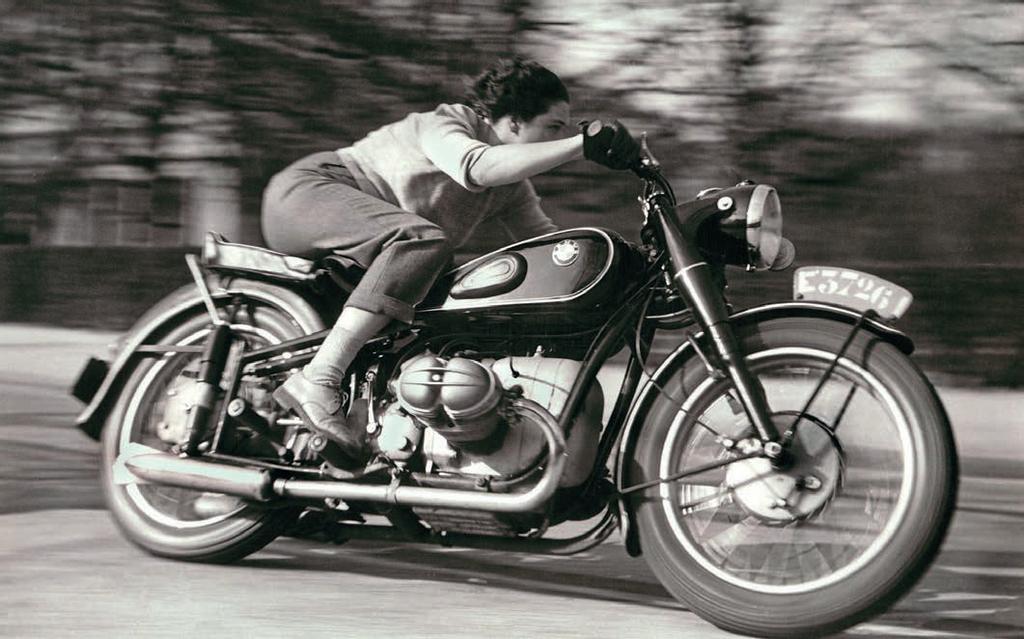
I magine how tough things were after the First World War in Europe.
By the end of 1918 a generation of young men had been slaughtered, trench warfare had destroyed large parts of France and Belgium – and they’d even had a global viral pandemic (the Spanish Flu in 1918) to cope with, too.
Germany itself had avoided much in the way of direct physical war damage, but had been almost destroyed nonetheless. Allied blockades prevented imports of food; a revolution in 1918 brought even more unrest; and the mothers of Berlin and Munich had lost even more sons than those in Birmingham and Manchester. Then, after the Armistice, the victorious Allies imposed extremely harsh punishments on Germany, including massive reparations, formalised in the now-infamous Treaty of Versailles.
It’s hard for a modern mind to picture the situation in Bavaria at the beginning of the 1920s. The area around Munich had become a bit of a hot-bed of aeroplane development in the previous decade. Less than 15 years after the Wright Brothers flew their first Wright Flyer plane at Kitty Hawk, the Bayerische Flugzeugwerke (Bavarian Aircraft Works) was set up to build warplanes for the German state. Soon renamed Bayerische Motoren Werke, or Bavarian




